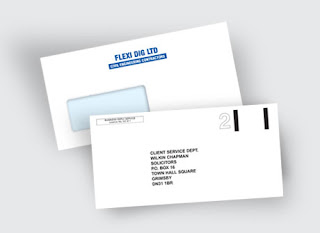E mail, text and Twitter were said to be the final nails in its coffin.
But as with Mark Twain – a great exponent of the art – reports of the death of letter writing have been greatly exaggerated!
Increasingly, people are foregoing the gratification of instant electronic communication for a slower, more personal approach. Letter writing is experiencing a revival, and the art of saying ‘thank you’ is central to its resurgence.
Retailers across the country are seeing increased sales of mail stationery, including writing sets and fountain pens, as consumers turn their back on other electronic communication channels.
- Sales of writing paper at John Lewis have soared 79% year-on-year, with letter writing being seen as part of a wider resurgence in home-made crafts and the desire to create more personalised communication
- The trend is not just happening for adults … with sales of children’s writing sets also on the up. Hello Kitty products have risen by 62% in the past 12 months at John Lewis
According to Clare Northwood (Group Stationery Buyer for John Lewis) there has been an uplift in sales of ‘thank you’ notelets alone of 20%.
Northwood added: “It is easier to ping off an e-mail but it is more meaningful to send a thank you card, particularly if someone cooked for you and has gone the extra mile.”
This mood change is also recognised by Annette Sharp (Director of online retailer, Papernation) who said that parents were seeing letter writing as a way of encouraging their children’s writing skills without it being seen as homework.
Sharp commented: “I think it is part of a wider hand-made and back- to- basics approach, appreciating the smaller things in life.”





